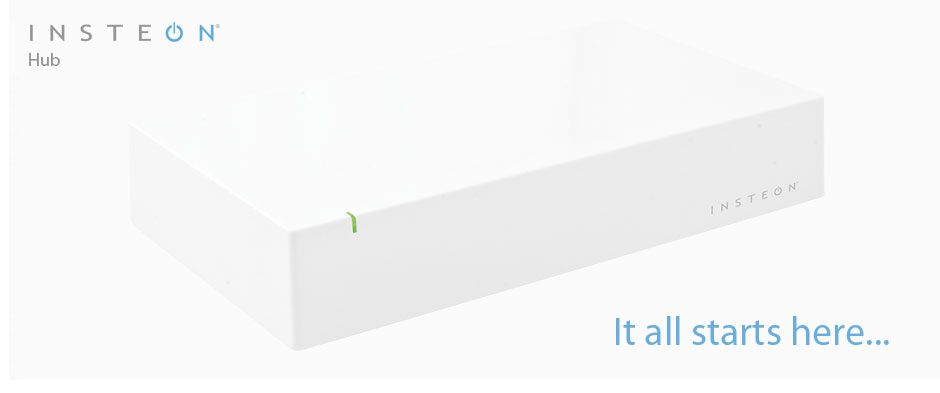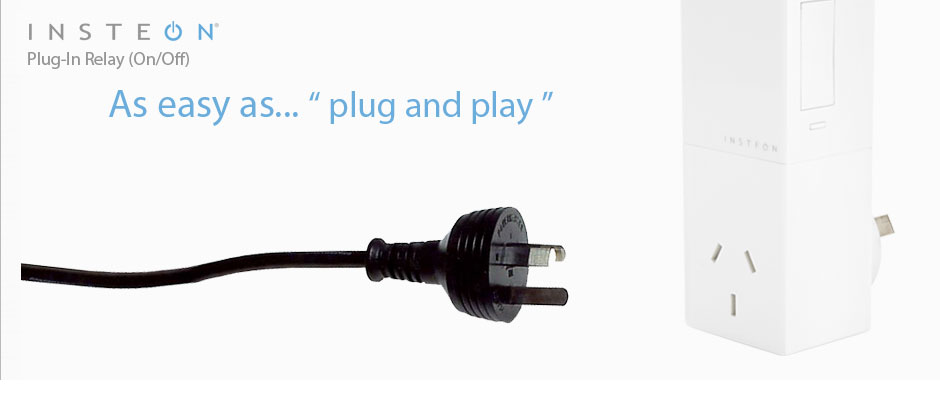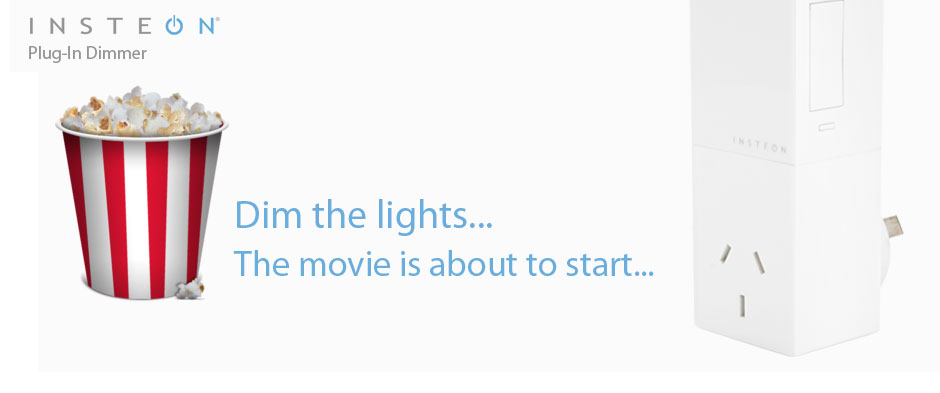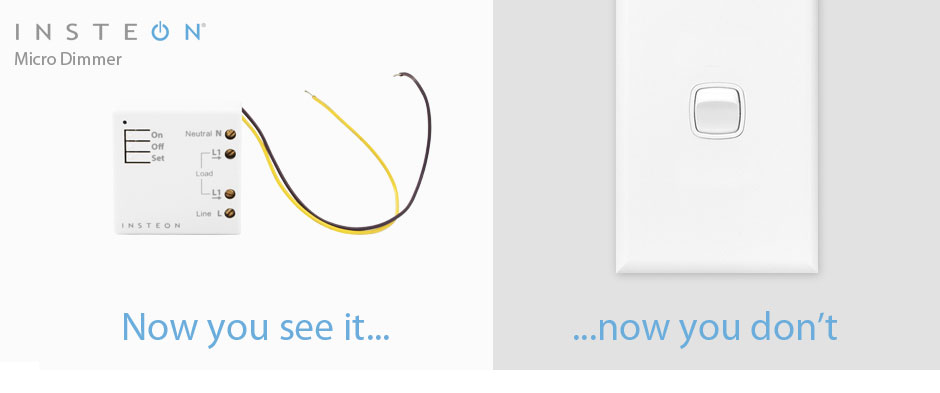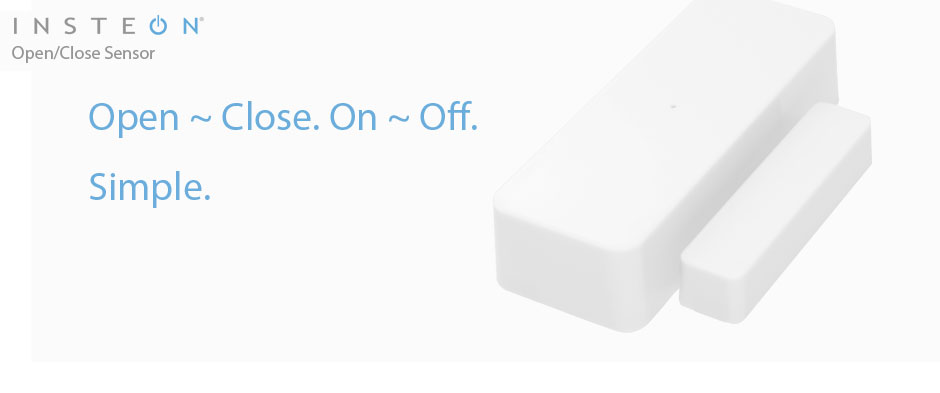1. What is an INSTEON network?
The INSTEON network protocol is a dual-mesh (radio frequency - RF and powerline) home management network technology, that provides a secure, highly-available, affordable, home control and sensing.
2. What is a mesh network and how does it work?
The INSTEON network is an integrated (RF, Powerline) redundant, non-supervised, peer-to-peer network. There is no need for routing tables, each device in the network receives messages simultaneously, independent of whether the message originated via a wireless or powerline device. Network devices will "repeat" the signal based on message settings.
3. Is INSTEON a secure network?
Yes. Every INSTEON device has a unique 24 bit address, all transmissions are encoded onto the network. Additionally, INSTEON is designed to support additional device based encryption technologies.
4. How does INSTEON compare with Zwave, ZigBee, HomePlug and other technologies?
We've summarized the differences below but to really understand the differences please check out our INSTEON Compared White Paper.
Zwave – Zwave products can only communicate over RF, which reduces range and reliability. Zwave uses a routed network, making products more expensive and complex. Installing a Zwave network requires a network controller and network enrollment for each device – not required whatsoever for INSTEON. Many Zwave products are not compatible with other Zwave products. Use of some Zwave products voids user agreements for other branded products and/or services. ZigBee – Zigbee suffers from all the same issues listed above for Zwave, plus more. Very few Zigbee products exist. Most of the Zigbee products that do exist will not communicate with products from other manufacturers. Beyond this, many Zigbee products will not communicate with earlier generations of Zigbee products. Furthermore, different types of Zigbee products are not designed to communicate with other types of products (energy monitoring devices and thermostat/HVAC devices are two different classes of devices which speak different languages). Zigbee’s specification is more complex than even Zwave making it the most expensive competitive technology. While the press and member chip/technology companies spend millions of dollars each year promoting Zigbee, it is important to note that Zigbee and its predecessor HomeRF have been in development since 1997, have few products in production and have made little impact in the real world.
Bluetooth - Bluetooth is designed as an ad-hoc network technology and as such is not designed to be a home control networking technology.
5. Does INSTEON work with other home network technologies?
Yes, INSTEON features Ethernet, USB and serial bridges to allow communications with the Internet, computers, Smarthphone’s, tablets and wide variety of security and wiring panels. Additionally, many INSTEON products on the powerline are even compatible with legacy X10 devices in the field without the need for a bridging product.
Specifications
INSTEON is the most price competitive technology on the market.
Network Topology
Dual band (RF and Power line)
- Peer-to-peer
- Mesh topology
- Unsupervised (no routing tables)
Protocol
- Simulcast hopping for instant scenes
- Statelink messages for backwards and forwards compatibility
- All devices are two-way repeaters
- Hop counts optimized for every device to device connection
- Valid hop counts 0,1,2 and 3
- Error detection
- Automatic Error correction
Frequencies
- Powerline: 131 KHz
- RF (US): 915 MHz
- RF (Europe): 868 MHz
- RF (Australia, New Zealand): 921 MHz
Device Installation
- Plug-in
- Wire-in
- Battery operated
Security
- Tap-tap physical possession
- Encrypted message payload
Capacities
- Maximum devices per network: 16,777,216
- Maximum devices per scene: Limited only memory
- Maximum scenes per device: 256
International INSTEON Products
More information on USA Official website
https://www.insteon.com/global-products.html


